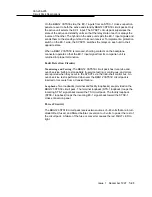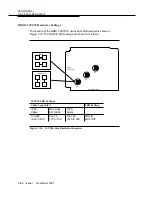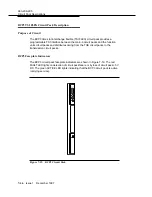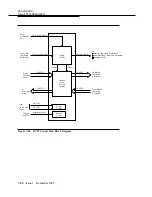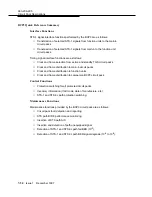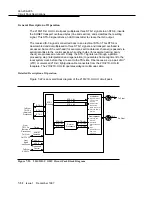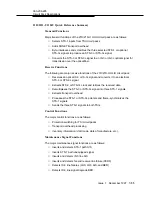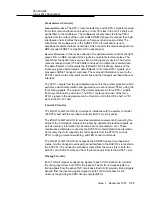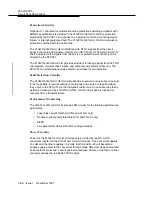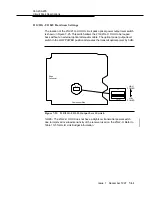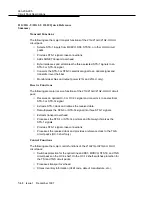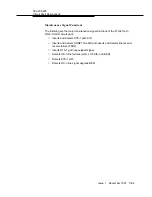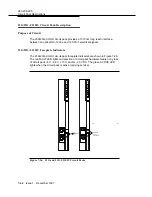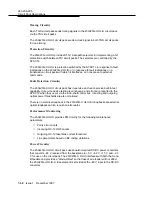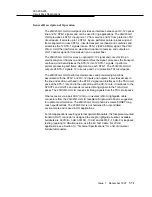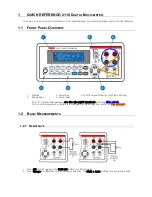
363-206-295
Circuit Pack Descriptions
Issue 1
December 1997
7-57
General Description of Operation
7
The 21G/21G-U/21G2-U OLIU multiplexes three STS-1 signals to an STS-3, inserts the
SONET transport overhead bytes (line and section), and scrambles the resulting signal.
This STS-3 signal drives the laser transmitter to create the OC-3 output.
The received OC-3 signal is converted back to an electrical STS-3. This STS-3 is
descrambled and demultiplexed to three STS-1 signals, and transport overhead is
accessed. Some of the overhead (for example, section datacom channel) is passed via
serial data links to the control packs, while other bytes (for example framing, parity
check) are processed on-board. The STS-1 signals go through a pointer processor to
guarantee frame alignment to the local system clock before being routed to the other
main and function unit slots.
The 21G/21G-U/21G2-U OLIU provides timing signals to and receives timing signals
from the TGS circuit packs.
Fiber access for the 21G OLIU is via a pair of
ST lightguide cable connectors from the
OLIU faceplate. A faceplate-mounted universal optical connector allows the 21G-U/
21G2-U OLIU to accept fiber terminated with
ST, SC, or FC connectors. Various
combinations of buildouts and connectors are also available. See Section 10,
"Technical Specifications" for a list of universal buildout attenuators. The 21G/21G-U/
21G2-U OLIU photonics comply with SONET long-reach specifications. While single-
mode fiber is suggested for optimum performance, multimode facilities are also
supported.
Detailed Description of Operation
7
Figure 7-24 is an overall block diagram of the 21G/21G-U/21G2-U OLIU circuit pack.

